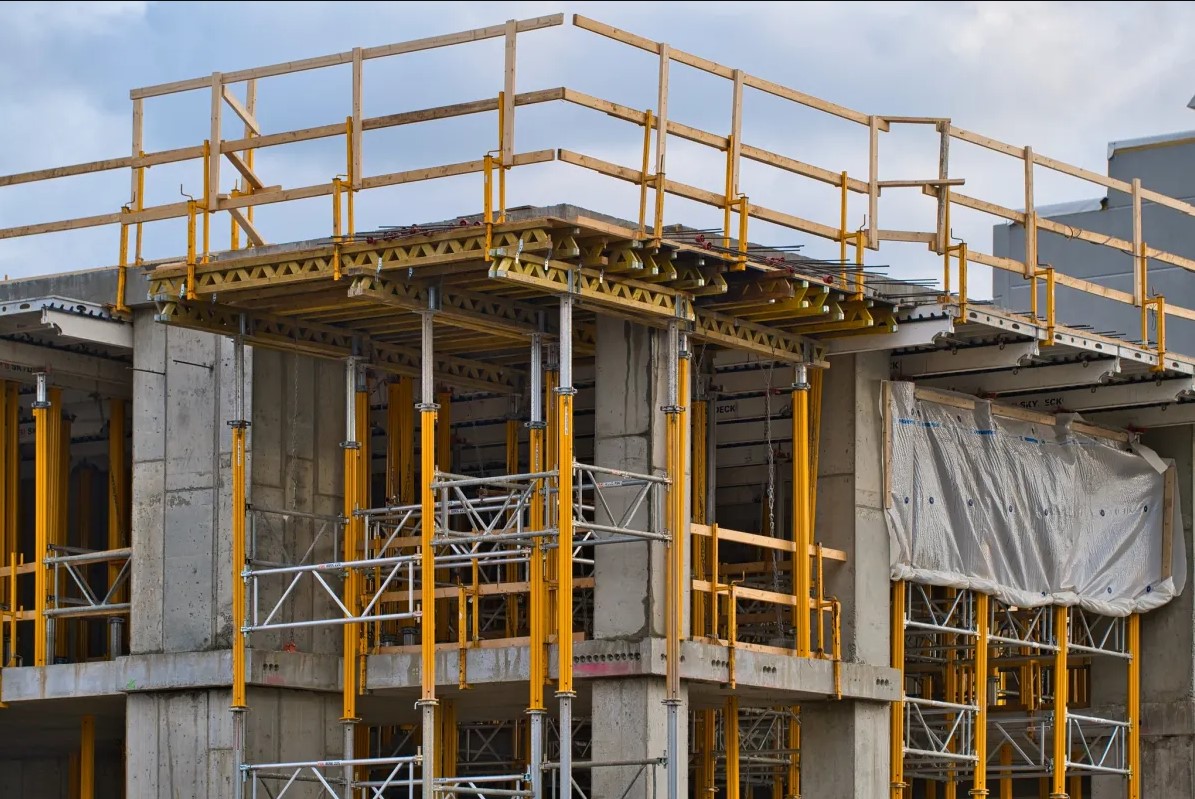
By Sarah Shemkus
Originally published by Energy News Network on September 3, 2024
A year and a half since Massachusetts introduced an optional new building code aimed at lowering fossil fuel use, climate activists are heartened by how quickly cities and towns are adopting the new guidelines.
The new code, known as the specialized stretch code, became law in 2023. Since then, 45 municipalities representing about 30% of the state’s population have voted to adopt its guidelines. The code is already active in 33 of these communities and scheduled to take effect over the next year in another 12.
“That is just an astounding statistic to me,” said climate advocate Lisa Cunningham, one of the founders of decarbonization nonprofit ZeroCarbonMA. “The rollout has been, quite frankly, amazing.”
Massachusetts has long been a leader in using opt-in building codes to push for decarbonization of the built environment. In 2009, the state introduced the country’s first stretch code, an alternative version of the building code that includes more stringent energy efficiency requirements. Municipalities must vote to adopt the stretch code, and the vast majority have done so: As of June, just 8.5% of residents lived in the 50 towns and cities without a stretch code.
The specialized stretch code takes this approach a step farther. The goal is to create a code that will help achieve target emissions reductions from 2025 to 2050, when the state aims to be carbon-neutral. In 2021, the legislature called on the state to create an additional opt-in code that would get close to requiring net-zero carbon emissions from new construction.
“We want to work towards decarbonizing those buildings, right from the start, as we look to a future in 2050 while we are net-zero in greenhouse gas emissions,” said Elizabeth Mahony, commissioner of the Massachusetts Department of Energy Resources.
At the same time, electrified, energy-efficient homes will mean lower energy costs for residents over time, more comfortable and healthier indoor air, and more stable indoor temperatures when power outages occur, she said.
The construction industry, meanwhile, has concerns about the measure’s impact on upfront costs.
Getting to net-zero buildings
The resulting code doesn’t require buildings to achieve net-zero emissions right away, but attempts to ensure any new construction will be ready to go carbon-neutral before 2050.
There are a few pathways for compliance. A newly built home can use fossil fuels for space heating, water heating, cooking, or drying or be built fully electrified. If the new home uses any fossil fuels, however, it must be built to a higher energy efficiency standard, be wired to ready the house for future electrification, and include solar panels onsite where feasible. In all cases, homes must be wired for at least one electric vehicle charging station.
Larger, multifamily buildings must be built to Passive House standards, a certification that requires the dramatic reduction of energy use as compared to similar buildings of the same size and type. Single-family homes can also choose to pursue Passive House certification.
Decarbonization advocates are pleased with the rollout so far. The state’s major cities, including Boston, Worcester, and Cambridge, were all quick to adopt the code. In most municipalities the vote to adopt the specialized code has been near-unanimous, said Cunningham.
And more communities are considering the specialized code.
“We’re talking to a lot of communities that are contemplating it for their town meetings this fall,” Mahony said. “We know there is a growing sense out there of wanting to do this.”
The key to convincing cities and towns that the code is a good idea is for municipal governments to understand and frame the code as a consumer protection measure, rather than an added burden, Cunningham said. The requirements of the specialized code along with state and federal incentives can save on construction costs upfront, and will ensure buildings cost less to operate during their lifetime, offering significant benefits to residents, she said.
“At the point of construction this is an incremental expense – it’s barely even a blip,” she said. “Then it directly reduces your future electricity bills.”
A troublesome transition?
Many in the construction industry, however, disagree with Cunningham’s take. Emerson Clauss III, a director with the Home Builders and Remodelers Association of Massachusetts, has found the equipment needed to reach the high standards in the code is more expensive than its authors counted on, and supply chain issues are causing even higher prices.
“It’s had quite a rough start to it,” Clauss said. “It’s adding considerable cost to new housing.”
He also worries that the high cost of electricity now — Massachusetts electricity prices are the third highest in the country — spells near-term financial trouble for homeowners that feel forced to go all-electric.
“The idea that it’s going to cost less 20 years from now — what does that do for people who need to get into a house now?” he asked.
Furthermore, the creation of a new optional code, he said, adds another variable for builders already jumping between the basic code and the previous stretch code, as well as learning the new rules in ten communities banning fossil fuels as part of a state pilot program. Even municipal building directors aren’t able to keep up, Clauss said, recalling a confused call with a suburban building inspector who needed 20 minutes to confirm it was OK to install a natural gas line in a new home.
In Cambridge, one of the first cities to adopt the specialized code, Assistant Commissioner of Inspectional Services Jacob Lazzara noted there was some confusion at the outset, but time and proactive communication from the city helped ease the transition. The city has held trainings, created materials to hand out to builders and design professionals, and fine-tuned internal communications to make sure the staff is all well informed.
“There was a little bit of shock for everyone at first, but I think we’re in a good place right now,” Lazzara said.




